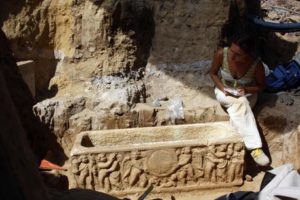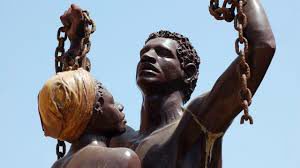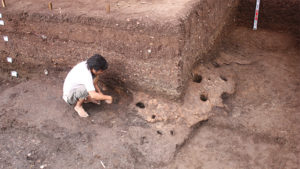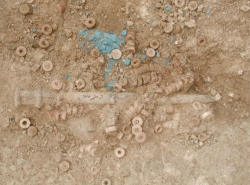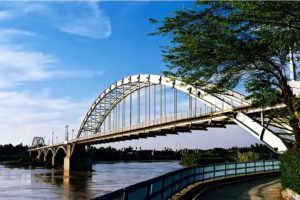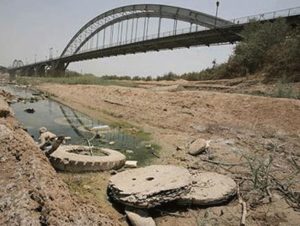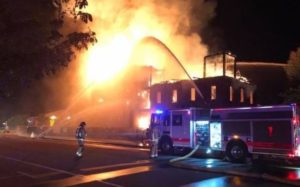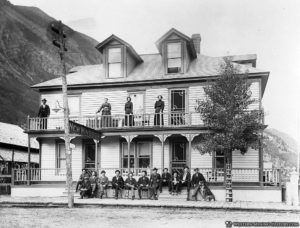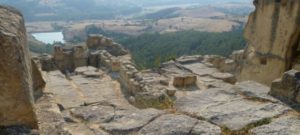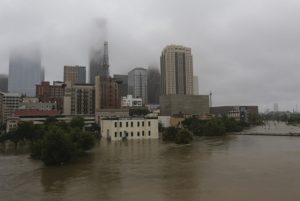 Tropical Storm Harvey continues to batter south-eastern Texas with torrential rain, potentially displacing thousands of residents in Houston and the surrounding area. Most museums across the region remain closed and many took precautions before the storm to protect their collections and staff. This page will be updated with replies from institutions as they come in.
Tropical Storm Harvey continues to batter south-eastern Texas with torrential rain, potentially displacing thousands of residents in Houston and the surrounding area. Most museums across the region remain closed and many took precautions before the storm to protect their collections and staff. This page will be updated with replies from institutions as they come in.
The Museum of Fine Art Houston (MFAH) closed its main campus, Bayou Bend, Rienzi and Glassell School locations on Friday. It has posted on its website that “our collections are safe, but the Museum remains closed to the public for now. Our thoughts are with our fellow Houstonians.”
On Monday, a museum spokesperson said the museum’s collections “have not been impacted at all, and there have been only limited issues with our facilities.” She added: “Advance planning—for sandbags, emergency water pumps, and the floodgates that are installed at various critical points around the campus—has largely mitigated potential issues.”
A spokesperson from the Contemporary Arts Museum Houston (CAMH), says: “Our thoughts are with those who have been impacted by Harvey and our fellow Houstonians during the on-going storm. We are thankful to our crew who prepared CAMH for the storm and who continue to monitor the museum.” The museum will release further updates via its social media channels.
The Menil Collection has maintained a 24-hour security presence on its campus since Friday. Museum employees have been “making regular checks on our basements in the main building” as well as periodic checks on other buildings, including the Menil Drawing Institute construction site, according to a spokesperson.
“At this time, and thankfully, our buildings have not been impacted by the storm. Our director, conservation, and registration departments, which includes art handling services, are receiving regular updates about building status.”
The Rockport Center for the Arts in Corpus Christi appears to have “sustained serious external damage,” according to a Facebook post from its executive director, Luis Purón, who has seen pictures of the building.
“One image demonstrates that the front porch is completely gone and a roof structure in the front of the building is exposed and thus compromised,” Purón wrote. “It is entirely possible that additional damage to the roof exists, yet only an onsite inspection will reveal that.”
The Houston Center for Photography (HCP) “has experienced no visible damage to our facility that we have been able to locate during a brief visit before the heavy rains began again,” says its director, Ashlyn Davis. “No artwork has been damaged and our library is still in good shape. We are very lucky.”
Davis added: “There are several artists in the HCP community though who have taken direct hits and are in real need of support. They’ve all evacuated to dry homes with their small children and are safe, but HCP’s community of artists will likely need major support in the weeks ahead.”
The Texas-based publication Glass Tire has video from the owner of the Cardoza Fine Art Gallery in Houston that shows extensive flooding in his home and gallery. According the the publication: “Cardoza says that although his building has been damaged, most of the art in the gallery was out of harm’s way. As of this morning, water in the area has been receding.” The journal also has a list of emergency resources for artists.
The city of Austin has missed the brunt of Hurricane Harvey, but institutions like the Blanton Museum of Art at the University of Texas and the San Antonio Museum of Art were prepared nonetheless.
“Whenever something like this in on the horizon, we monitor the weather very closely and watch for alerts from the University of Texas emergency notification system, which is very responsive,” says a Blanton Museum spokesperson. “When it’s raining, our gallery staff frequently check all levels of the museum for any signs of leaks.”
Although the museum is closed Mondays, it will be open and free the rest of the week for anyone who has been displaced by the storm.
Necessary precautions were also taken at the San Antonio Museum of Art, says William Rudolph, the museum’s chief curator.
“We are in an area prey to flash flooding and unexpected torrential rainfall and lived through a catastrophic hailstorm in 2016 so we have a very good knowledge of any trouble spots,” Rudolph says. “We did monitor the storm in advance and to that end, we moved particularly vulnerable objects out of harm’s way and made protective modifications, such as draping cases with plastic, etc., by the end of the work day on the Friday that the storm made landfall.”
He added: “We luckily were spared any of the worst of Harvey, due to its impact being mainly to the south and east of our city.”

